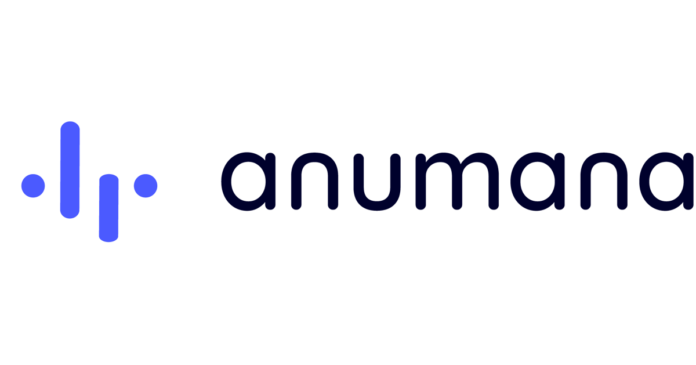CAMBRIDGE, Mass.– Anumana, a leading AI-driven health technology company and portfolio company of nference, and InfoBionic.Ai, a digital health company specializing in remote cardiac monitoring and diagnostic solutions, today announced a joint research collaboration agreement to develop and commercialize the next generation of remote cardiac care solutions, combining Anumana’s breakthrough ECG-AI™ technology and InfoBionic.Ai’s MoMe ARC® platform.
By leveraging Anumana’s ECG-AI algorithms, developed and validated in collaboration with Mayo Clinic, this initiative aims to enhance InfoBionic.Ai’s MoMe ARC Platform’s ability to detect and intervene in cardiac diseases earlier in the remote patient monitoring setting, with the potential to improve patient outcomes. Anumana and InfoBionic.Ai, both Mayo Clinic portfolio companies,1,2 will continue to work closely with Mayo Clinic under this research agreement.
“It is exciting to see the convergence of our pioneering work in artificial intelligence and remote patient monitoring through this new partnership between Anumana and InfoBionic.Ai,” said Peter Noseworthy, MD, chair of the Heart Rhythm Services Division of Cardiovascular Medicine at Mayo and a board director at InfoBionic.Ai. “By combining InfoBionic.Ai’s remote monitoring solutions with Anumana’s innovative ECG-AI algorithms, including the FDA-cleared algorithm for detecting low ejection fraction (LEF), we aim to equip healthcare providers with the latest cutting-edge tools to detect underlying cardiac conditions earlier, enabling timely intervention and personalized care. It’s a thrilling time for cardiology.”
“This collaboration marks an important step in Anumana’s mission to revolutionize cardiac care by enhancing the power of ECG with AI,” said Maulik Nanavaty, CEO of Anumana. “Since the founding of Anumana, our vision has been to elevate the utility of ECG with AI across all the settings in which ECGs are used. By joining forces with InfoBionic.Ai, we are expanding our capabilities from 12 leads in clinical settings to wearable lower-lead ECGs in patients’ homes. We look forward to bringing our AI technology to meet patients and physicians where they are, ultimately benefiting both worldwide.”
Under the agreement, InfoBionic.Ai and Anumana will develop and integrate Anumana’s ECG-AI algorithms, starting with the FDA cleared ECG-AI LEF algorithm, into InfoBionic.Ai’s continuous and remote cardiac monitoring platform, allowing the ability to detect LEF and other conditions through the remote monitoring of cardiac activity. The companies will also work together to validate the clinical utility of the integrated solution and seek regulatory clearance to bring this technology to market.
Anumana has received FDA Breakthrough Device Designation for four of its algorithms: low ejection fraction, pulmonary hypertension, cardiac amyloidosis, and hyperkalemia. Its ECG-AI platform won the 2024 MedTech Breakthrough Award for “Best New Technology Solution- Cardiology.” ECG-AI LEF, the company’s FDA-cleared AI algorithm using routine 12-lead ECG data to detect low ejection fraction (LEF), a commonly undiagnosed indicator of heart failure,3 received U.S. FDA clearance in September 2023 and is currently under review in Europe. Anumana has demonstrated that its ECG-AI technology can be adapted to lower-lead ECG devices while maintaining a high degree of performance. A version of the neural network used in Anumana’s FDA cleared ECG-AI LEF algorithm has shown the algorithm to be effective in detecting low ejection fraction using single-lead wearable ECG devices.4
InfoBionic.Ai’s MoMe ARC is the first and only continuous 6-lead FDA-cleared platform leveraging leading-edge AI analysis and native business intelligence. MoMeARC is a solution that includes a 4-in-1 Gateway device that seamlessly transitions between 2-day in addition to extended Holter tests, Event and MCT modes remotely, streamlining patient monitoring time and minimizing delays.


